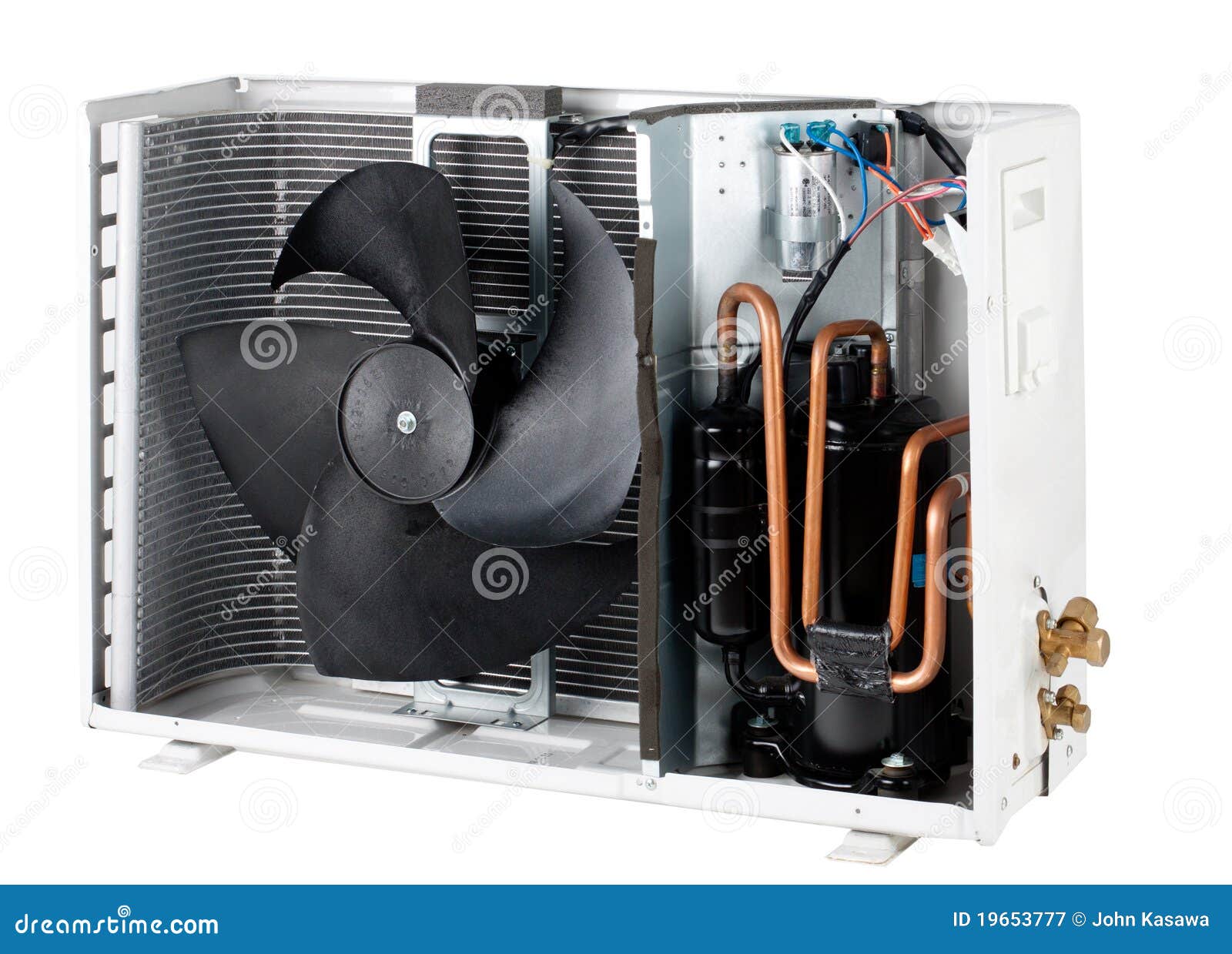

This is divided by the minimum possible received power P E min This then results in a pulse power multiplied by the transmission pulse duration, i.e. the transmitted pulse length and the length of the compressed pulse. In the equation the pulse compression ratio PCR or N is often entered directly, In the radar equation, the advantage of intrapulse modulation and pulse compression must be seen as an increase in range. That this noise also forms an output signal during pulse compression. The probability is very low that a noise pattern similar to the intra-pulse modulation will occur in such a way

This is because pulse compression can still detect echo signals that have already disappeared in the noise before pulse compression. Low peak power can achieve a better, longer range than the With the help of pulse compression, a relatively long transmission pulse with comparatively (by a factor of the Pulse Compression Rate PCR) of the range resolution of an intra-pulse modulated radar: R res = c 0 The range resolution of a pulse modulated radar is therefore a multiple

Is introduced, the derivation of which results from the ratio of the different The bandwidth B of the transmit pulse with the pulse duration τ is decisive. not divided into discrete single pulses) frequency modulation of the transmit pulse, Which is approximately equal to the Pulse Compression Ratio (PCR).įigure 2: short pulse (blue) and a long pulse with intrapulse modulation (green)įor a linear (i.e. The pulse compression gain or pulse compression factor, This way an output signal is still obtained even if the input signal has long since been lost in the noiseĪnd would thus be lost for simple demodulation.Ĭompared to the non-modulated pulse, an additional gain is thus obtained, Therefore, the non-frequency synchronous part of the input noise is reduced by the filters. Is rather low compared to the echo signal. noise at the same frequency as the modulated received signal) The frequency-synchronous part of the noise (i.e. The noise is always broadband and the noise pulses have a statistical distribution. The Pulse Compression Ratio (PCR) is the ratio of the time length of the uncompressed transmitted pulse to the length of the compressed pulse.

with time-dependent coded pulse-phase modulation.phase modulated (or called Phase Modulation on Pulse, PMOP).with time-dependent coded frequency modulation (e.g.frequency modulated (or called Frequency Modulation on Pulse, FMOP).Pulse compression with phase modulation.Pulse compression with non-linear frequency modulation.Pulse compression with linear frequency modulation.Several modulation methods can be applied. Now a frequency comparison can be made in the received echo,įor example, which makes it possible to localize the reflecting object within the pulse. To improve the range resolution for a relatively long transmission pulse duration, the transmission pulse is modulated internally. Two reflective objects located within the spatial extent of the pulse are only displayed as one target. The range resolution of a simple pulse-modulated radar depends on the pulse duration. Pulse compression combines the energetic advantages of very long pulses with the advantages of very short pulses. ( Compressed, HIgh- Resolution Pulse, CHIRP). The term CHIRP–Radar is often used in publications This method is also known as intra-pulse modulation ( modulation on pulse, MOP)īecause the transmitted pulse got a time-dependent modulation internally. Pulse compression is a method for improving the What is an Intrapulse Modulation? Intrapulse Modulation and Pulse Compression Figure 1: Input and output signals of a pulse compression stage, the received signal in noise is hardly noticeable, so the pulse compression results in a clear echo signal.


 0 kommentar(er)
0 kommentar(er)
